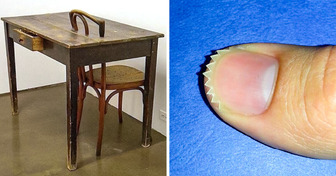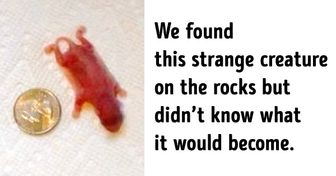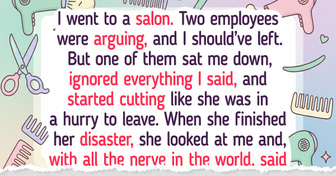20 People Who Found a Clever Way to Make Their Lives Easier

Curiosities
4 years ago

Most people shower every day, and some even several times a day. Because of that, it is hard to imagine that just a couple of centuries ago, royalty could not afford this luxury. People of the past generally had many prohibitions or customs that would be inappropriate today, and these were not only related to hygiene but also to dress codes, society, and work. Comparing the past with the 21st century can make us thankful things have changed.
What’s the most curious thing people did in the past? If you could choose your year of birth, which would it be?











